Bryonia alba
(white bryony, wild hops, devil's turnip)
on the Palouse
Compiled by David HallPalouse Prairie Foundation
July 2004
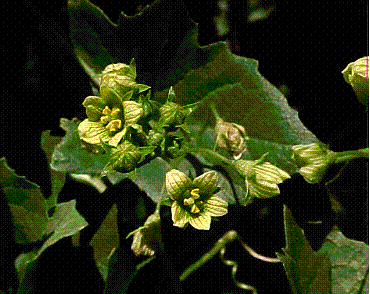
Photo by G. O'Keefe

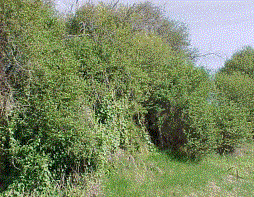
Douglas hawthorn being killed by Bryonia alba.
Photo by G. O'Keefe.
Bryonia alba on a dead Douglas hawthorn.
Photo by Trish Heekin.
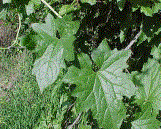
Bryonia alba leaves.
Photo by Gary O'Keefe.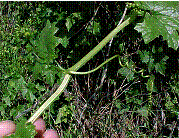
Bryonia alba stem and tendril.
Photo by Gary O'Keefe.
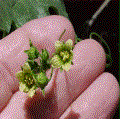
Bryonia alba flowers.
Photo by Gary O'Keefe.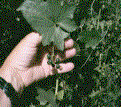
Bryonia alba leaf and berries.
Photo by Gary O'Keefe.
White bryony is poisonous, causing illness and death in man and livestock. Fruits are emetic to humans; forty berries are fatal to an adult human.
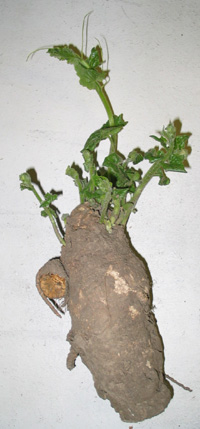
Bryonia alba found popping up through the new stream restoration site at the South Fork of the Palouse River along Palouse River Drive just south of Moscow on April 17, 2004. It resembled a cow parsnip in its young stage at first glance (similar color and size), but obviously different with the hairy stems and leaves, multiple stems, tendrils, etc. Root segment is nine inches long, four inches in diameter at its widest point and weighs 1 lb 2 ounces.
Photo courtesy of Palouse-Clearwater Environmental Institute.